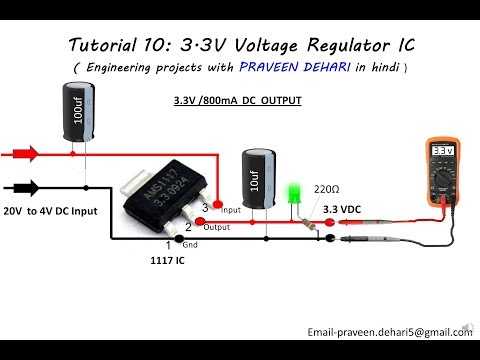One of the most common replacements needed for any vehicle is its battery. This is something that tends to lose its charging ability every few years and is just an expected expense of owning and using your ATV (similar to owning and using a car).
Are ATV batteries 6v or 12v? The most common label size of an ATV battery is 12v with sizes also (occasionally) coming in 6v and 24v depending on the ATV needs. The actual voltage of a 12v battery is usually between 12.6v and 12.8 – and can go all the way to 13.1 volts.
This is a great general rule of thumb, but, of course, with any general rules, there are always exceptions and nuances. ATV batteries can be more complex than just a voltage.
It is important to check with the make and model of your ATV to ensure that you are using what is appropriate for your vehicle. Continue reading to learn more about ATV batteries so that you can ensure you are using what is best for your favorite ride.
ATV batteries vary about as much as any type of batteries. Just like cars, you will find that many batteries that look similar offer similar components. The most important concept to understand is that there are two major types of ATV batteries: conventional (flooded) batteries and absorbed glass mat (AGM) batteries.
Conventional (flooded) batteries are the most standard batteries on ATVs. They get the name “flooded” because the plates are covered in distilled water. There are removable caps, so you regularly inspect the water levels and refill as needed in order to keep your battery operating at full capacity. This will ensure longevity and efficiency for your ATV.
Conventional batteries are going to be a lot more affordable than absorbed glass mat batteries, but they are also going to be prone to experiencing more issues.
Due to the nature of ATV riding (jolts, turns, bumps, etc.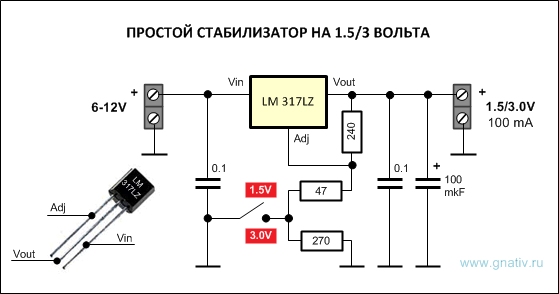 ), conventional batteries are prone to leaks. The caretaking of them is a lot more intense (with included monitoring and refilling), and they are less durable than AGM batteries.
), conventional batteries are prone to leaks. The caretaking of them is a lot more intense (with included monitoring and refilling), and they are less durable than AGM batteries.
Absorbed glass mat (AGM) batteries are also known as “maintenance-free” batteries. These ATV batteries have closed caps, and instead of the water that is traditionally inside of flooded batteries, they have fiberglass pads around the cells of the battery. The pads are responsible for taking care of the acid that forms on the battery.
AGM batteries are going to be the top pick for most ATV enthusiasts. While they are a bit more expensive up-front than conventional batteries, they come with a lot of benefits. Most users find that these benefits pay off not only financially but in the long-term satisfaction in using them on their ATVs.
The first benefit that most users report is that there is no maintenance for this type of ATV battery- they are good to go, and you never have to worry about water levels or spillage regardless of how rough or smooth your ATV ride is.
On top of this, they are made in a more durable, shock-absorbing way that allows them to hold together longer when riding on trails and doing climbs.
For experienced and adventurous ATV riders, using an AGM battery is the way to go. Of course, you will need to ensure that your ATV can use this type of battery, but as long as it can then you are good. You will likely find that the initial purchasing cost yields a higher cost-benefit analysis for ensuring a highly satisfactory purchase.
Here’s a quick video example showing the ATV battery types.
As mentioned above, the most common size of ATV battery is going to be a 12v battery. AGM 12v batteries are commonly going to sit between 12.5v and 13.1 (on the high end). If you ever dip below 12.5v, then you should talk to a specialist about your battery.
AGM 12v batteries are commonly going to sit between 12.5v and 13.1 (on the high end). If you ever dip below 12.5v, then you should talk to a specialist about your battery.
With this in mind, I wanted to list some of the most common, and best batteries for your ATV. Hopefully, you can use this list to help ensure the best and most appropriate purchase for your vehicle. Of course, you can always speak with a specialist or someone who works at a local ATV sales shop to provide more information and resources on where to buy the best battery for your ATV.
Yuasa is one of the leading manufacturers for ATV batteries. Their products are high-quality and durable making them a great choice for your new ATV battery. One of the top features about this is its safe fill feature for emptying the acid. This is an absorbed glass mat battery as opposed to a conventional battery option for your ATV.
The Yuasa YUAM620BH found here on Amazon, is the top recommended battery for cost vs performance.
On top of the safety features, there are also many people who have had this type of battery last them 10+ years. That is certainly on the long end of any vehicle, but, particularly for an ATV battery, this is impressive. The up-front cost is pretty reasonable, too, at around $100 depending on the site of sale.
The ThrottleX MX30L (link to Amazon) is going to be the most expensive on the list – but for good reason. These are solid batteries, and while marketed primarily for motorcycles, they fit and work wonderfully in ATVs. When I first used this battery, it was amazing how much more power it felt like I had as compared to the stock battery.
Maybe it was just due to the other battery being old, but I think this batter is a perfect step up for anyone taking ATV riding more seriously. For me, using this absorbed glass mat (AGM) battery was well worth its cost in the power it provided as well as the safety and maintenance-free qualities and contributions.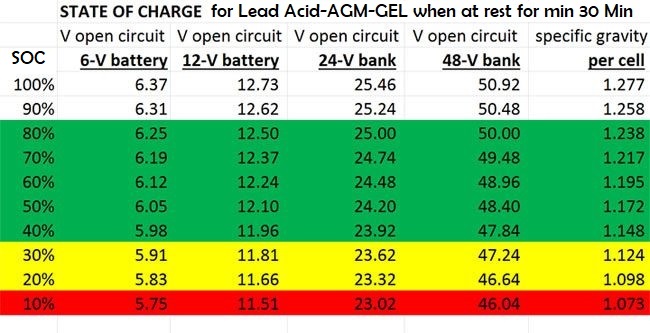
We consider the Odyssey PC545 (link to Amazon) essentially a step down from the ThrottleX listed above. If you are looking for a solid upgrade that still gets your ATV cranking harder than any big box store battery – this will be your battery.
It has specs to match any of the best, and while a bit on the pricier side, it is worth the investment to have a battery that will last and keep your ATV running at its full potential. This is another absorbed glass mat (AGM) model that has spill-proof technology enabling a safe and easy-to-maintain battery experience.
If you are looking for a more affordable option for your ATV that still outperforms many of the common store brands, look no further than this option. The Weize YTX20L-BS (link to Amazon) is a solid ATV battery that will replace (and probably outperform) your last battery. This is especially the case as it is another absorbed glass mat (AGM) battery option that is maintenance-free and easy to install.
While it is not the most powerful ATV battery included on this list, it is definitely a great option to get a solid battery at an affordable cost. The only downside to this option is that the wiring was a bit more difficult to install, but that could simply be due to the ATV I was attaching it to as opposed to the battery itself, it’s tough to say.
I have been reading on forums that some people’s first (original) battery is running out of charge and they are not positive about what to do to resolve this issue. One of the things I saw asked about was switching a 6v battery for a 12v. It was not clear exactly which way they were going to do (replacing a 6v with 12v, or vice versa), but I am going to talk about both.
Can you swap a 12v battery with a 6v battery on your ATV? When it comes to using a 12v battery in a vehicle intended for 6v, it’s not recommended. If you are trying to use a 6v battery for a 12v vehicle, this will not work by itself, you will have to wire two 6v batteries in series to a 12v vehicle.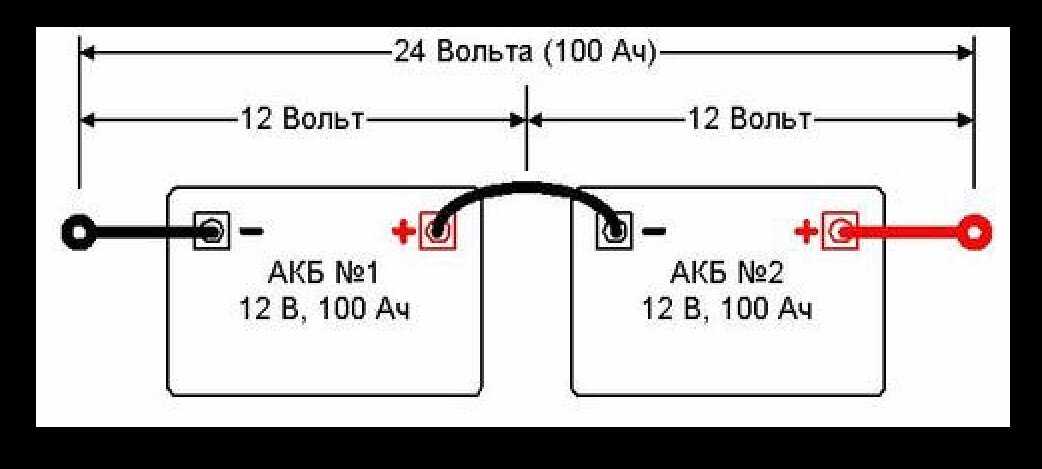
In essence, you need to make sure that the batteries you are using have enough voltage to power the ATV that you are attempting to drive. Modifying a 12v battery to work for a vehicle intended for a 6v would mean that you are intentionally overpowering the vehicle which can come with some risks. However, using a 6v battery for a 12v vehicle would be like using one AA battery on a toy that requires two- it simply is not enough to power the vehicle for operation.
Sharing is caring!
Table of Contents
Yes, most ATV (all-terrain vehicle) batteries are 12 volts. This is because 12 volts is a common voltage used in many types of vehicles and equipment, and ATV batteries are no exception. However, it’s important to note that there may be some ATV batteries that use a different voltage, so it’s always best to consult the manufacturer’s specifications or consult with an expert to ensure you are using the correct battery for your ATV.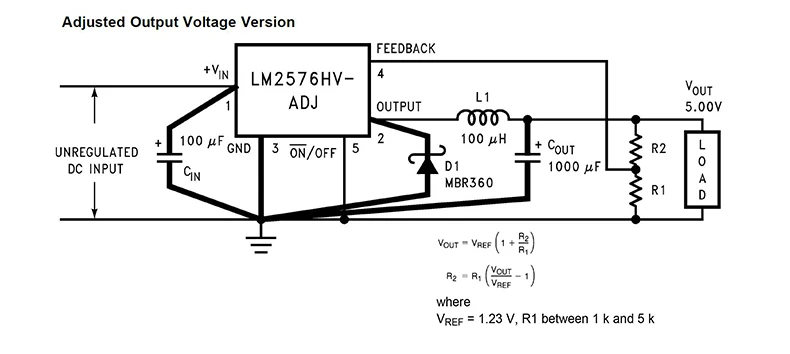
A power sports battery needs to provide the high output needed to start your four-wheeler. What differentiates these batteries is cold cranking amp, or CCA, output.
A healthy 12 volt motorcycle battery should maintain a range from 9.5 – 10.5 volts under the load for a good 30 seconds straight. If the battery begins to hold and then steadily drops in voltage, there is a problem. If the voltage instantly drops to 0 volts, that is also a problem.
A healthy 12 volt motorcycle battery should maintain a range from 9.5 – 10.5 volts under the load for a good 30 seconds straight. If the battery begins to hold and then steadily drops in voltage, there is a problem.
If it reads 12.6 volts, the battery is just attaining a fully charged state. But when it reads 12.4 volts, the battery has attained a 75% charge level, and it could still be charged further, there would be no danger. With 11.90 your battery is low and in desperate need of a boost.
With 11.90 your battery is low and in desperate need of a boost.
But when it reads 12.4 volts, the battery has attained a 75% charge level, and it could still be charged further, there would be no danger. With 11.90 your battery is low and in desperate need of a boost. 80 or lower means your battery is empty. So that ends the static test!
12 V.
If your battery is reading 0 volts, chances are the battery experienced a short circuit. If the battery cannot reach higher than 10.5 volts when being charged, then the battery has a dead cell. If the battery is fully charged (according to the battery charger) but the voltage is 12.5 or less, the battery is sulfated.
about 12.9 volts
This video was inserted for its explanation of the subject matter. Thanks to: Lurgs How To Guides
Thanks to: Lurgs How To Guides
12.0 volts or below – At 12.0 volts your battery is considered to be fully discharged or ‘flat’ and should be recharged as soon as possible. The lifespan of your battery will be severely affected if it remains within this voltage range for extended periods of time.
12.6
This video was inserted for its explanation of the subject matter. Thanks to: throttlexbatteries
A car battery is considered fully charged at 12.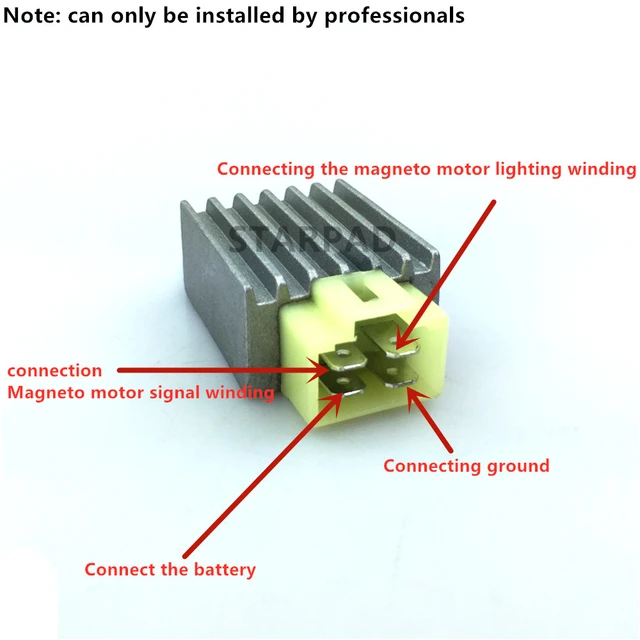 6 volts or higher. When the battery’s voltage drops, even a small amount, it makes a big difference in its performance. Though not fully charged, a car battery is considered charged at 12.4 volts or higher. It is considered discharged at 12.39 volts or less.
6 volts or higher. When the battery’s voltage drops, even a small amount, it makes a big difference in its performance. Though not fully charged, a car battery is considered charged at 12.4 volts or higher. It is considered discharged at 12.39 volts or less.
11 volts
This video was inserted for its explanation of the subject matter. Thanks to: throttlexbatteries
This video was inserted for its explanation of the subject matter. Thanks to: Rocky Mountain ATV MC
When the probes touch the terminals while the car is off and the battery is resting, the multimeter display should show a reading of 12.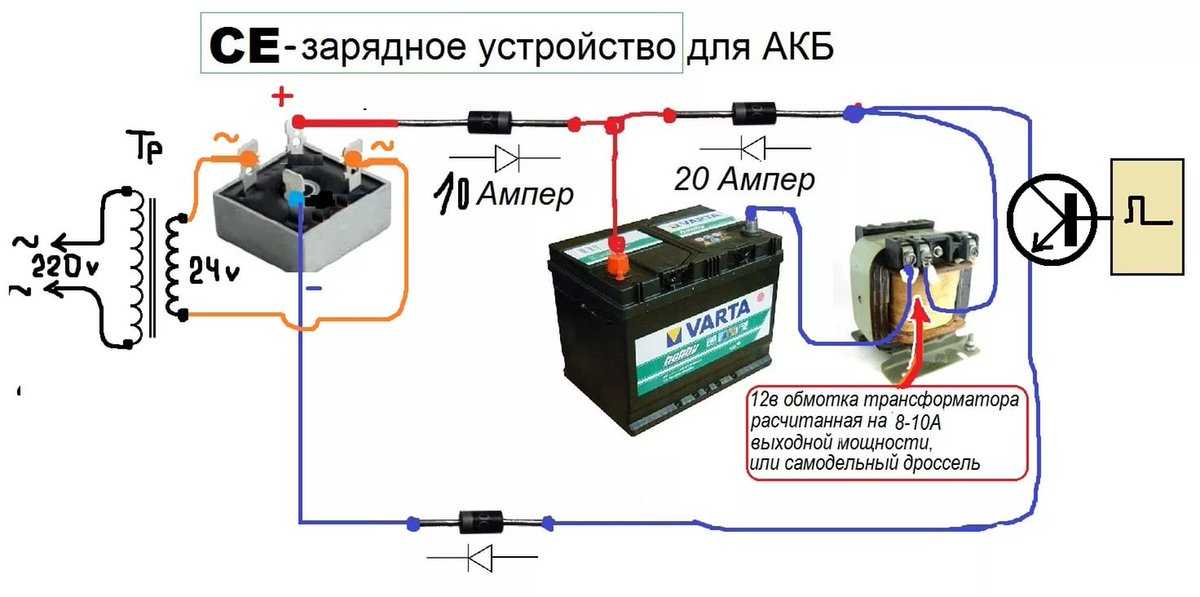 2 to 12.6 volts (full charge). This voltage range means the battery is in good condition for starting the vehicle.
2 to 12.6 volts (full charge). This voltage range means the battery is in good condition for starting the vehicle.
The lifespan of an ATV battery can vary depending on a number of factors, such as the quality of the battery, how well it is maintained, and how frequently it is used.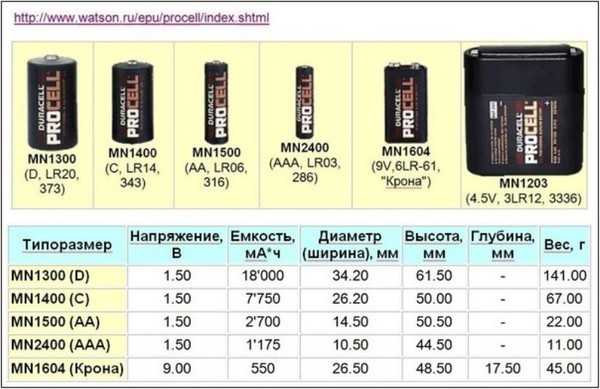 Generally, an ATV battery can last anywhere from 1 to 5 years, but some can last even longer.
Generally, an ATV battery can last anywhere from 1 to 5 years, but some can last even longer.
Here are some factors that can affect the lifespan of an ATV battery:
It’s important to note that batteries can fail for various reasons, including normal wear and tear, so it’s always a good idea to keep an eye on the battery’s performance and replace it if necessary.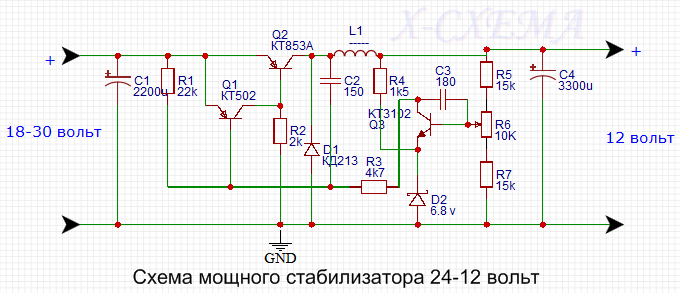
There are a few ways to determine if a battery is 12-volt:
Back to top of page
08/14/2017
The article is devoted to the technical features of the operation and maintenance of motorcycle batteries (batteries).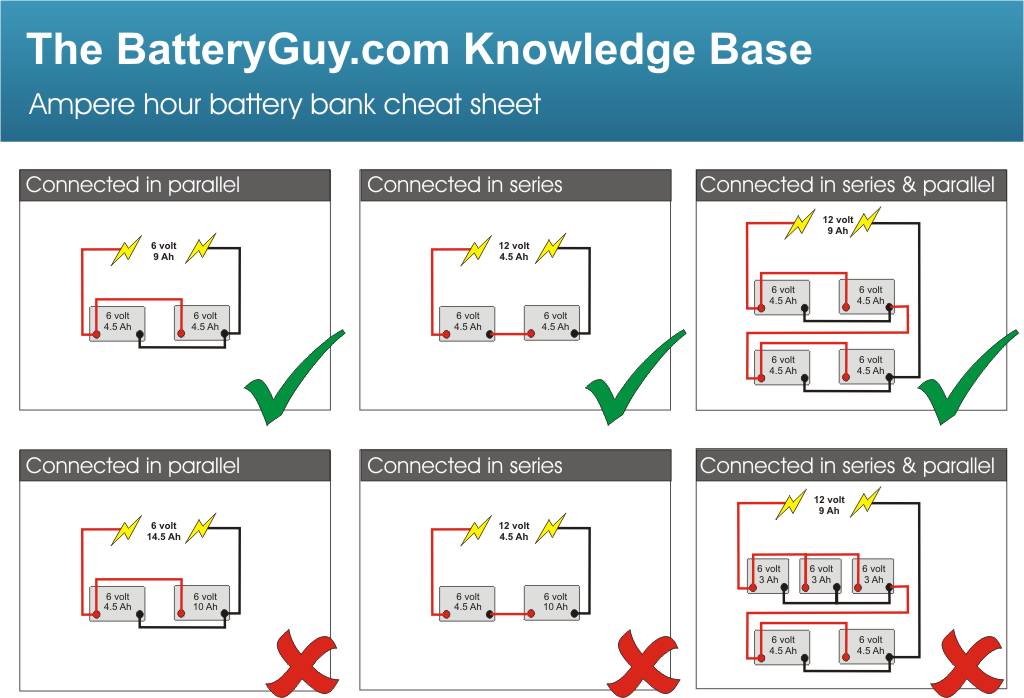 Here are the answers to the most frequently asked questions, the main terms and concepts are disclosed.
Here are the answers to the most frequently asked questions, the main terms and concepts are disclosed.
Namely Ampere hour (Ah or Ah), not Ampere per hour (Ah)! In ampere-hours, the nominal capacity of the battery is measured - this is one of the main characteristics. For example, if you discharge the battery with a current equal to 1/20 of its capacity (at 12 Ah, the current will be 0.6 A), then the battery will be discharged to a voltage of 10.5 V in 20 hours. This is a technique that is understandable only to specialists. So a 12 Ah battery with a discharge current of 1 A will be discharged in 10 hours, and with a discharge of 12 A - in 35 minutes. This dependence is non-linear. Battery capacity is not constant, it depends on the degree of charge, temperature and age of the battery. The older the battery, the lower its capacity and starter characteristics.
In Amperes (A), it stands for cold cranking current (CCA) or starter current (starting current) - this is the second of the main characteristics. The marking indicates 180A (EN).
The marking indicates 180A (EN).
EN is one of many battery technical test standards. EN - European, DIN - German, SAE - American, JIS - Japanese, IEC - International.
Simply put, the higher the starting current, the easier the battery will start the motorcycle.
Yes, if the charger is automatic or if the charger has an adjustable charge current. In the case of accelerated charging, the battery plates overheat, its resource is significantly reduced. Remember that the maximum charge current should not exceed 1/10 of the battery capacity in Amperes! So for a 12 Ah battery, the charge current should not exceed 1.2 Amperes.
Maintenance or low maintenance lead acid batteries use an electrolyte that is a solution of sulfuric acid and distilled water. During operation, water evaporates, and the concentration of sulfuric acid increases. Concentrated acid can cause accelerated corrosion of the internal elements of the battery, which leads to the formation of a deposit, which can subsequently lead to the closure of bipolar plates.
Concentrated acid can cause accelerated corrosion of the internal elements of the battery, which leads to the formation of a deposit, which can subsequently lead to the closure of bipolar plates.
Purchase distilled water and add it to the battery. The electrolyte is dilute sulfuric acid. During the operation of the battery, only a slight evaporation of water occurs, which needs to be topped up. In no case should you add a new electrolyte, only distilled water! It is necessary to periodically check the density of the electrolyte with a special device, a hydrometer, perform the check in accordance with the instructions that came with the battery!
When the battery is charging, the electrolyte reacts chemically with the lead plates, the acid in it releases gas (hydrogen) in the form of bubbles. Those. what you hear is the process of weak gassing in the battery.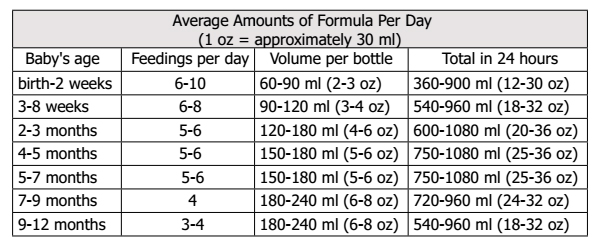 Visually, it looks like boiling.
Visually, it looks like boiling.
Can you explain the difference between CTX12-BS and YTX12-BS battery designations?
The first letter in the marking indicates the manufacturer's identifier. Different manufacturers use different letters. For example, YX12-BS stands for the Sprint plant, CTX12-BS stands for Exide, GTX12-BS stands for Delco. These designations are valid for most lead acid, AGM, and gel batteries. But there are exceptions.
The voltage on a fully charged battery must be at least 12.8 volts. 12.5 volts corresponds to a half-charged battery. You should also check the battery under load, with a load plug or a special tester. The voltage of a healthy battery during testing should not fall below a certain value, depending on the load.
There can be several reasons for the rapid discharge of the battery. Below we list the most common:
Below we list the most common:
If the voltage on the battery is not lower than 12.5 volts, it's okay, but you need to charge it as quickly as possible, otherwise sulfation will develop. Another thing is important - deep discharges reduce battery life. But if the voltage on the battery is below 12.5 volts, which indicates an unacceptably deep discharge, then the battery will really fail soon, as irreversible processes have begun.
But if the voltage on the battery is below 12.5 volts, which indicates an unacceptably deep discharge, then the battery will really fail soon, as irreversible processes have begun.
Most motorcycle batteries last three years. To a large extent, this indicator depends on the operating conditions of the battery, the serviceability of the electrical equipment of the motorcycle and the correct storage of the battery in the winter season.
The positive (+) terminal must be connected to the battery first, secured and covered with a protective cap. Then negative (-), while making sure that there are no flammable liquids nearby, since connecting the terminals can cause a spark if there is a current leakage in the network.
At best, the fuse will blow, at worst, you will need to buy a new battery.
White deposits are salt crystals. Not to be confused with sulfation! The process of formation of a white coating is associated with evaporation from the ventilation holes and, in rare cases, leaks in the current leads and the battery cover. The working place of the battery must be ventilated, never completely cover the battery.
Sulfation is an electrochemical process that takes place in a battery during discharge. The discharge is different, starter and long, low current.
In case of prolonged discharge with low current (leakage of current during inactivity) or undercharging from the generator, the plates are coated with lead sulfate. This process is reversible, called desulfation (occurs during the charging process).
There are a number of reasons for sulfation:
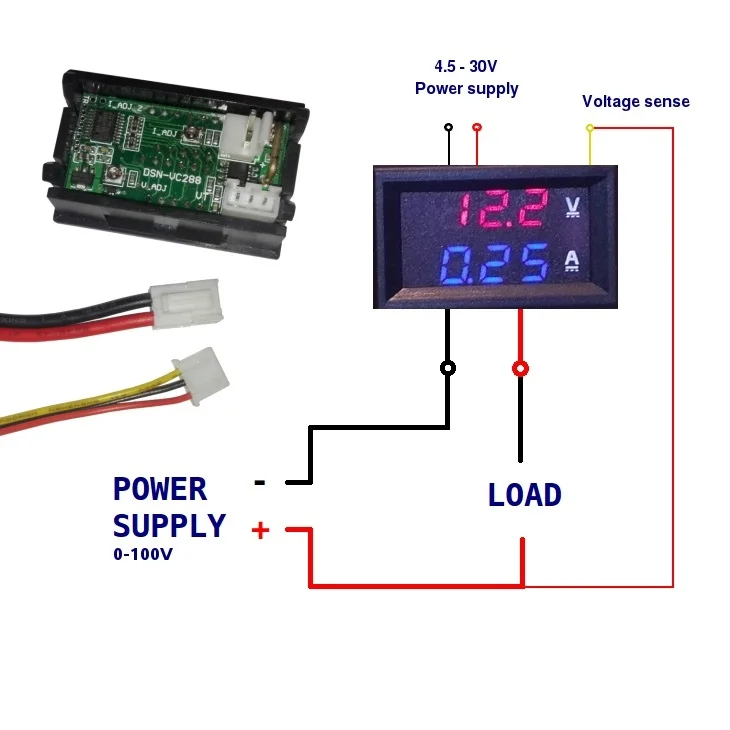
Many mistakenly believe that sulfation occurs when overcharging, overheating and high loads at low or high ambient temperatures. But it's not. Under these conditions, there is a flow of the active mass of the plates into the sludge, warping of the gratings.
The first thing you need to do is keep your motorcycle's electrical system in good working order. The battery must replenish the charge spent while starting the motorcycle. If you do not plan to use the motorcycle for a long time, you must disconnect the negative (-) terminal from the battery. If the motorcycle is not regularly used, charge the battery with a special charger. Sulfation can be eliminated by charging the battery for a long time with a weak current.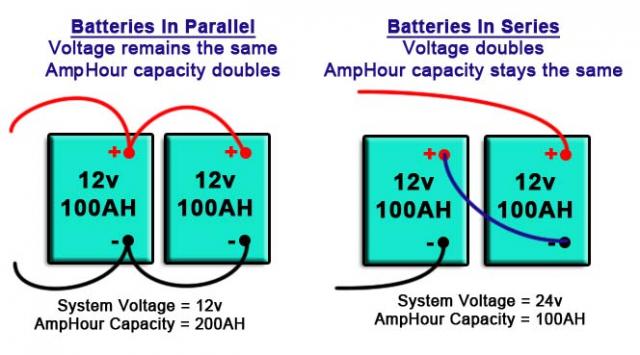 In the best case, a charger that has the function of charging with a pulsed current will cope with sulfation. There is also irreversible sulfation, in which the battery cannot be charged. The case of such batteries is usually swollen and gets very hot when trying to charge.
In the best case, a charger that has the function of charging with a pulsed current will cope with sulfation. There is also irreversible sulfation, in which the battery cannot be charged. The case of such batteries is usually swollen and gets very hot when trying to charge.
Disconnected from the electrical circuit, even if it is in good condition, the battery will still lose charge, although this will happen much more slowly than when it is connected to the motorcycle. This process is called self-discharge. And the older the battery, the faster the self-discharge proceeds.
Battery dimensions depend on the number and size of the lead plates. From this, in turn, depends on the battery capacity (Ah) and the output power. Sometimes batteries with the same capacity also have different sizes, this is due to different standards of motorcycle manufacturers.
How tight should the bolts on the battery terminals be?
The bolts on the battery terminals must be tightened as securely as possible, but without fanaticism. Since the weak fastening of the terminals can lead to problems with starting the engine, oxidation of the terminals, burning and melting of the contacts, sparking (and, as a result, to the explosion of the battery).
Since the weak fastening of the terminals can lead to problems with starting the engine, oxidation of the terminals, burning and melting of the contacts, sparking (and, as a result, to the explosion of the battery).
What is battery acid and is it corrosive?
As we wrote above, battery acid (electrolyte) is nothing more than dilute sulfuric acid. It is very dangerous and must be handled with great care using protective equipment such as special gloves, an apron and goggles! Avoid contact with skin, eyes and clothing!
If the battery will not be used for a long time, such as in winter, it must be disconnected from the motorcycle, tested and recharged if necessary. It is better if the charged battery is stored at a low temperature, then the electrochemical processes in it slow down and self-discharge occurs more slowly. During the winter, it is necessary to carry out several charging cycles with a small current in order to compensate for self-discharge.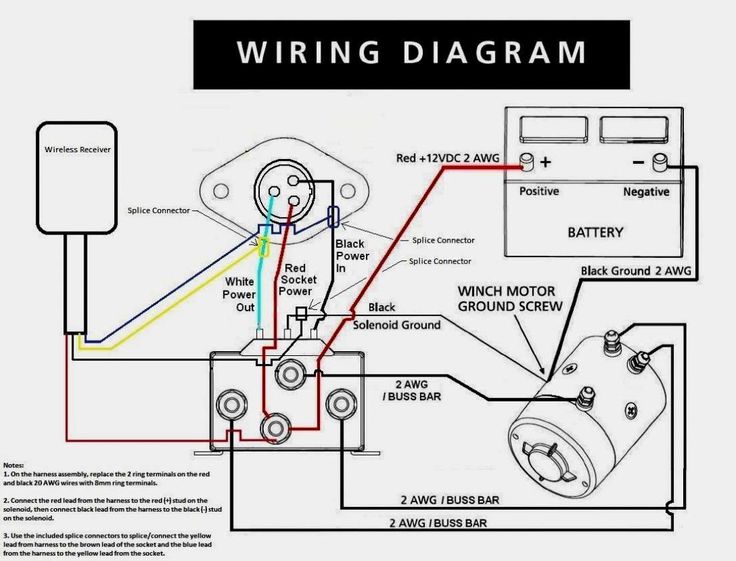 Charge should be when the battery warms up in a warm room. This will extend the life of the battery and save you from unpleasant surprises in the spring.
Charge should be when the battery warms up in a warm room. This will extend the life of the battery and save you from unpleasant surprises in the spring.
Precautions for handling acids.
Batteries contain poisonous and extremely corrosive acid. To prevent personal injury or damage to clothing or the motorcycle, the following procedures must be followed when topping up, checking electrolyte specific gravity, removing, installing or carrying batteries:
mask and suitable gloves.
If acid comes into contact with clothing or body, neutralize immediately and then rinse with clean water. As a neutralizer, you can use a solution of food or soda ash or household ammonia.
If acid comes into contact with the skin, the affected area must be thoroughly rinsed with water. In case of contact with eyes, flush the affected area with cold, clean water for about 15 minutes, then seek medical attention immediately.
If battery acid comes into contact with any parts of the motorcycle, it must be neutralized with baking soda solution and rinsed with clean water.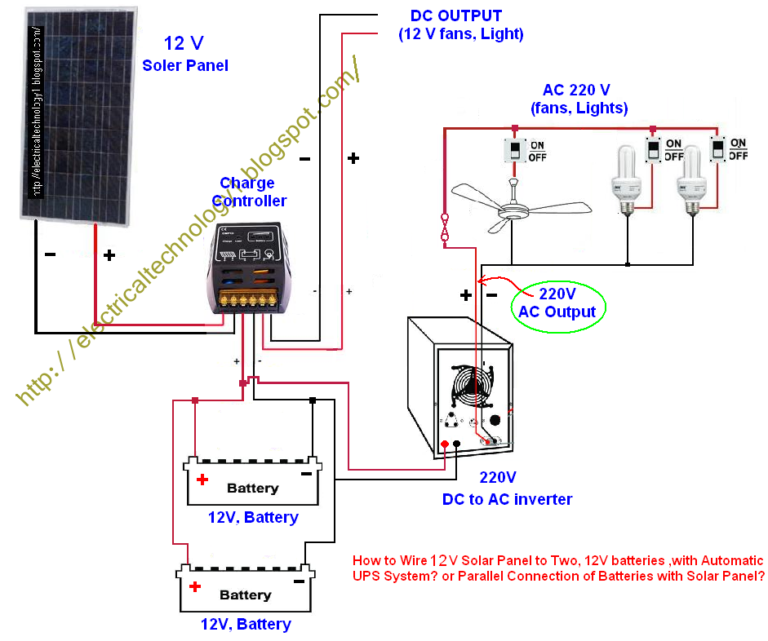
When acid is mixed with water, heat is released. If you want to prepare an electrolyte with a certain specific gravity, SLOWLY and little by little pour concentrated acid into water (not water into acid), constantly stirring the solution. If the electrolyte becomes noticeably warm, allow it to cool. Be sure to use non-metallic containers and/or funnels (lead or lead-lined containers may be an exception). Do not store acid in places with excessively high temperatures or in direct sunlight.
When charging, gases and heat are released. There are times when batteries explode!
Batteries continuously emit explosive hydrogen, especially during charging. To prevent the potential risk of fire when working near the battery, observe the following rules:
Do not smoke near batteries.
Keep sparks, short circuits or other ignition sources away from the battery.
When disconnecting/connecting conductive cables, be sure to first switch off the consumers, switch off the ignition, turn the key to the off position.
Provide adequate ventilation in the battery charging area.
The charger must be switched off in the following cases: a) when connected to a battery; b) when disconnected from the battery.
The ground wire (-) must always be disconnected from the battery first and connected last.
To protect the terminals from oxidation and the appearance of white deposits, they must be cleaned, securely fastened and only then lubricated with grease (technical petroleum jelly, Litol, Solidol, etc.) or protected with a special acid-resistant mastic.
The serviced battery must have a special tube for venting gases, it must be brought outside the motorcycle and not closed, it serves to vent gases and condensate during operation.
You can insert the battery into a rubber or plastic box just above the battery. Then if the electrolyte suddenly spills out, it will not fall on the frame and other parts of the motorcycle.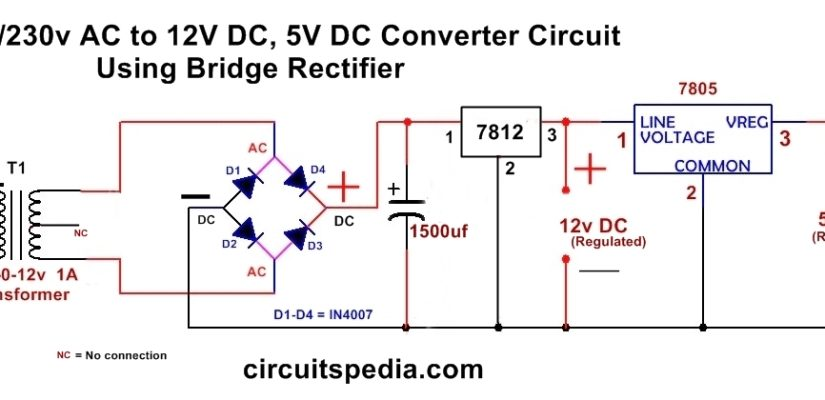
Source
The ATV battery is one of the most important elements in its electrical system. Given the amount of additional equipment installed on the ATV (winches, additional lights, alarms, heating, etc.), the battery often does not charge to the end. And the owners do not pay due attention to this, which is why they change the battery every season. Believe me, with proper care, the battery can last 3 or more seasons. Let's pay attention to the rules for charging your ATV battery, consider errors and answer questions that arise when servicing the battery.
Warning. The conversation for the most part will be about serviced batteries. Maintenance free ones have no plugs (at the top of the battery) and only need a timely and full charge, and their owners may skip some of the points described below.
Can I use a car charger to charge my ATV battery?
It is possible, in the case when the charger has an adjustable charge current and it is possible to set the minimum current from 0. 5 to 0.7.A. There is a simple rule: one tenth of the battery capacity will be considered the normal current for charging (calculation should be made in Amperes). Of course, it is much easier and more correct to use special devices designed for low charging current. Complete with the charger always comes instructions for use, which contains the basic requirements and rules, do not neglect to read it.
5 to 0.7.A. There is a simple rule: one tenth of the battery capacity will be considered the normal current for charging (calculation should be made in Amperes). Of course, it is much easier and more correct to use special devices designed for low charging current. Complete with the charger always comes instructions for use, which contains the basic requirements and rules, do not neglect to read it.
Is noise and bubbling normal when charging?
Moderate boiling is normal. This is explained by the reaction in which the electrolyte enters with lead plates, in which the acid releases a certain amount of gas. It is worth worrying if the boiling is excessively strong - this indicates that the charge current has been exceeded.
Why does a new battery drain quickly?
 6 volts;
6 volts; What is sulfation?
Sulfation is the formation of lead sulfate (white matter) on the battery plates.
All old and failed batteries are subject to this phenomenon.
What affects the sulfation process?
How to avoid sulfation?
Monitor the condition of the ATV's electrical system at all times. The battery loses its charge significantly during engine start, and the charge must be replenished when driving, so monitor the health of the regulator and generator relays. When the ATV is not used for a long time, remove the battery and charge it with the charger at least once every 2 months. When the first signs of sulfation appear, charge the battery with low current for a long time (up to 2 or more days).
The battery loses its charge significantly during engine start, and the charge must be replenished when driving, so monitor the health of the regulator and generator relays. When the ATV is not used for a long time, remove the battery and charge it with the charger at least once every 2 months. When the first signs of sulfation appear, charge the battery with low current for a long time (up to 2 or more days).
Amp /hours - what is the characteristic?
This is the unit in which the battery capacity is measured. For example, a fully charged battery with a capacity of 1 Ah should theoretically provide a current of 1 ampere for an hour.
How and why to monitor the electrolyte level?
The electrolyte is sulfuric acid diluted with water in the right proportion. During operation, water evaporates, and the proportion of sulfuric acid increases, which, in turn, adversely affects the health of the battery.
If the electrolyte level drops (each battery has a normal level mark), add distilled water (available from auto parts stores) to the mark.
How can I tell if the battery is charged?
A charged battery produces 12.8 V. If your multimeter measures 12.5 V or less, the battery needs to be charged.
Which terminal should be connected first when installing the battery on the ATV?
Always connect the positive terminal first. When connecting the wire to the terminal, a spark may occur, so all flammable liquids must be removed in advance. Always tighten the bolts on the terminals firmly to avoid short circuits. The terminals can be treated with a lubricant to prevent oxidation.
What happens if the polarity is reversed?
Always respect the polarity - wrong polarity can lead to a blown fuse at best and an exploding battery at worst.
How to store the battery in winter?
If you do not use the ATV in winter, the battery must be removed and stored in a cool place, and charged several times during the winter with a small current.